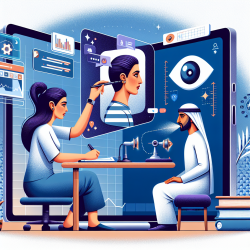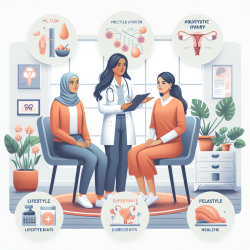Introduction
In the ever-evolving landscape of tobacco use among youth, heated tobacco products (HTPs) have emerged as a novel concern. These products, including the popular IQOS brand, heat tobacco sticks to create an aerosol for inhalation, differentiating them from traditional cigarettes and e-cigarettes. Recent research from the 2020-2021 COMPASS study provides critical insights into the association between the proximity and density of HTP retailers around schools and the use of these products by students.
Understanding the Research
The study, conducted across four Canadian provinces, explored whether the presence of retailers selling IQOS devices and HEETS (tobacco sticks used in IQOS) near secondary schools influenced youth HTP use. Despite the presence of these retailers, the study found no significant association between retailer proximity/density and current HTP use among students. This suggests that students might be obtaining HTPs through non-retail sources, emphasizing the need for continued monitoring as HTP use among youth evolves.
Implications for Practitioners
For educators and public health practitioners, these findings highlight the importance of comprehensive strategies that go beyond retailer proximity. Here are some actionable steps:
- Enhance Education: Implement educational programs that inform students about the risks associated with HTPs and other tobacco products.
- Engage Parents and Communities: Foster open dialogues with parents and community members to create a supportive environment for youth.
- Monitor Trends: Stay informed about trends in tobacco product use and adjust interventions accordingly.
- Policy Advocacy: Advocate for policies that limit tobacco marketing and accessibility around schools.
Encouraging Further Research
The findings from the COMPASS study underscore the need for further research into how students access HTPs and the role of social sources. Researchers are encouraged to explore:
- The effectiveness of existing policies on tobacco retailer proximity to schools.
- The impact of social networks on youth HTP use.
- Longitudinal studies to track changes in HTP use over time.
Conclusion
While the prevalence of HTP use among students remains low, the potential for these products to become more widespread necessitates proactive measures. By understanding the dynamics of tobacco product accessibility and use, educators and policymakers can better protect youth from the harms of tobacco.
To read the original research paper, please follow this link: Exploring the association between the proximity to and density around schools of retailers selling IQOS products and youth use of heated tobacco products: evidence from the 2020-2021 COMPASS study.










